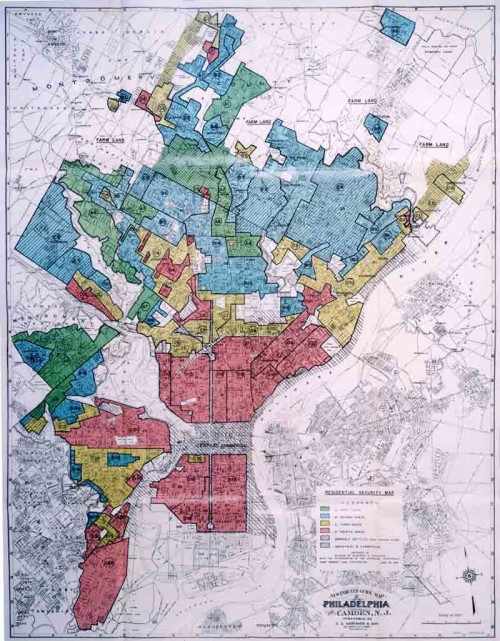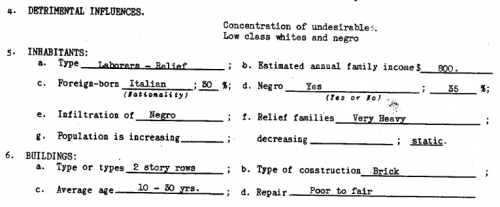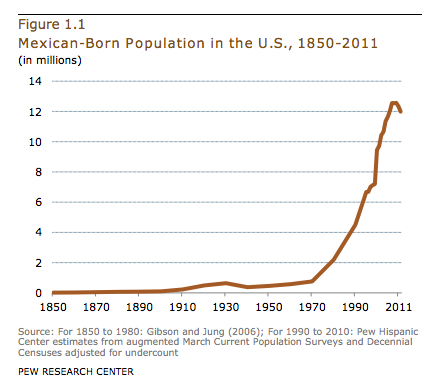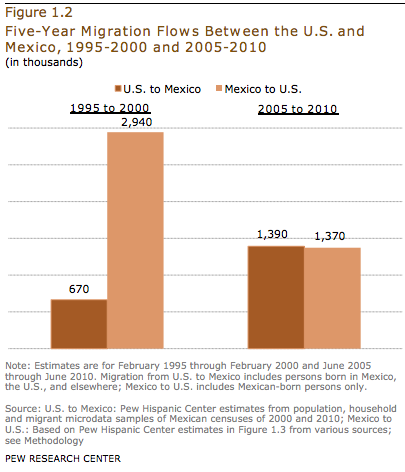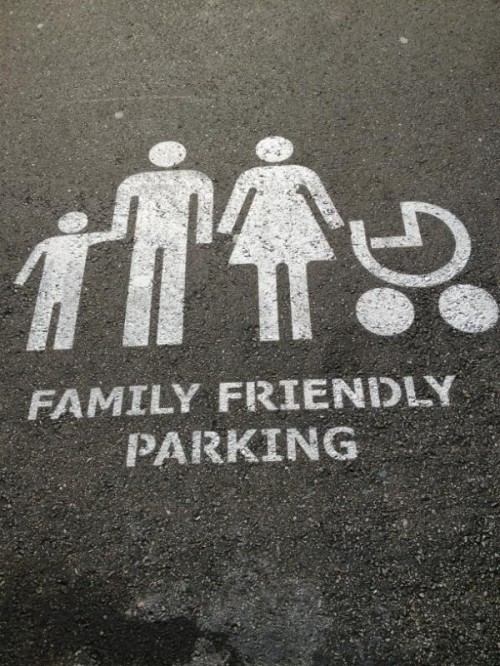We’ve posted in the past about stereotypes about Africa. For instance, Binyavanga Wainaina’s video describes common tropes used when non-Africans write about Africa, while Chimamanda Adichie discusses the problem with the limited narratives we hear about African people and nations.
In another great example of challenging such stereotypes, Dolores sent us a video in which four young men highlight common portrayals of Africans — and specifically, African men — in movies. It’s really great:
Via Colorlines.




